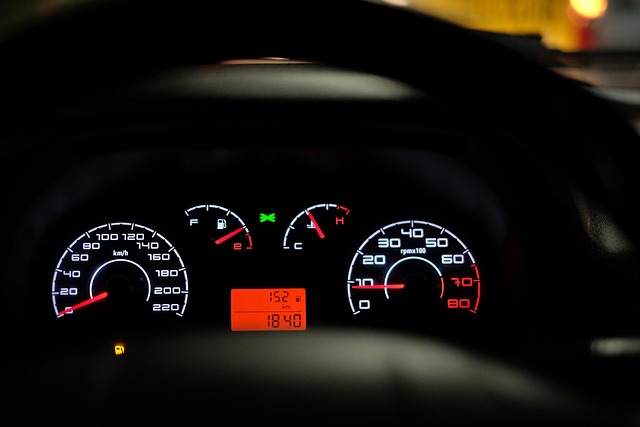The car title loan inspection process verifies vehicle condition, history, and ownership to secure loans without credit checks. Lenders assess make, model, mileage, damage, and market value to determine loan terms. This step protects lenders from losses and facilitates direct deposit of approved amounts. Verification includes cross-referencing documents for regulatory compliance and future refinancing opportunities.
“Unraveling the intricacies of the car title loan process, this article delves into the crucial aspects of vehicle inspection and ownership verification. In the fast-paced world of short-term lending, understanding these requirements is essential for both borrowers and lenders. We explore how thorough inspections safeguard investments while ensuring legitimate ownership. From initial assessments to proving property, this guide illuminates the critical steps involved in the car title loan inspection process, offering a comprehensive overview for all involved.”
- Understanding Car Title Loan Requirements
- The Role of Vehicle Inspection in Lending
- Verifying Ownership: Essential Proof Checks
Understanding Car Title Loan Requirements

When applying for a car title loan, understanding the inspection process is key. Lenders will require a thorough vehicle inspection to assess the condition and value of your car. This step is integral to determining the loan amount offered, ensuring both parties are protected in the transaction. The inspection process involves evaluating the vehicle’s history, mileage, mechanical state, and overall market value. No credit check is performed during this stage, focusing solely on the asset being offered as collateral.
Lenders often partner with qualified mechanics or specialized inspection services to conduct these assessments. During a vehicle inspection, the examiner will look for any signs of damage, wear, and tear, checking the engine, transmission, body panels, and overall drivability. This meticulous process helps in making informed decisions about the loan terms, including interest rates and repayment plans, offering much-needed financial assistance to borrowers while safeguarding the lender’s investment.
The Role of Vehicle Inspection in Lending

Vehicle inspection plays a pivotal role in the car title loan process, ensuring both the security and fairness of the transaction. Lenders require thorough checks to assess the condition and value of the vehicle offered as collateral. This step is crucial for several reasons; it protects lenders from potential losses if the borrower defaults on the loan, as they can repossess and sell the vehicle at a later date. Moreover, inspection helps in determining the amount of financial assistance a borrower can receive, directly influencing the loan approval process.
The car title loan inspection process involves evaluating various factors such as the vehicle’s make, model, year, mileage, mechanical condition, and any existing damages or repairs. These details are then compared with market values to ensure the security of the collateral. A successful inspection clears the way for a seamless direct deposit of the loan amount into the borrower’s account, offering much-needed financial assistance during times of need.
Verifying Ownership: Essential Proof Checks

When it comes to the car title loan inspection process, verifying ownership is a crucial step that ensures both the lender and borrower are protected. This involves thorough checks on the vehicle’s registration and proof of ownership, which can include various documents like the title, registration papers, and even insurance records. It’s essential for lenders to confirm that the borrower has legitimate claim over the asset, thus reducing the risk of fraud or default.
During this phase, they’ll cross-reference information from multiple sources, such as running a vehicle history report, matching details with state databases, and verifying signatures on the title. This due diligence is not just about meeting regulatory requirements; it also plays a pivotal role in facilitating smoother loan refinancing processes for borrowers who may need to access cash advances in the future. Additionally, an Online Application can simplify this verification process by digitizing these documents, making them easier to review and compare.
The car title loan inspection process is a crucial step in ensuring responsible lending practices and protecting both lenders and borrowers. By verifying vehicle ownership through meticulous inspections and proof checks, lenders can mitigate risks associated with lending against valuable assets. This comprehensive guide highlights the significance of each phase, from understanding basic requirements to the intricate details of ownership verification. Armed with this knowledge, both parties can navigate the process with confidence, fostering a robust and transparent car title loan market.






